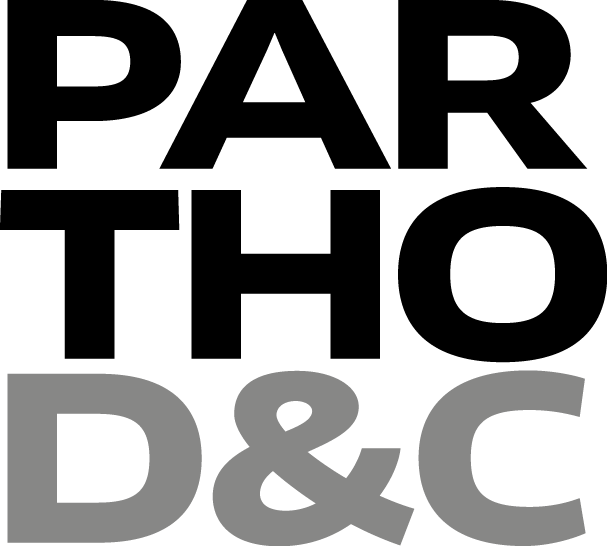Genophonics cover art, 2017.
Genophonics
Music inspired and controlled by Human DNA
THERE ARE MANY ways of composing music. One is to decide everything; where every single note is to be played, for how long, how hard, and so on. Another way is to let totally random events control it all.
I don’t like to decide everything myself, because then I can’t finish anything. I can’t say to myself that this piece is now done. On the other hand, I’m not too comfortable with total randomness either. I want to make music with structure and a lot of unexpected events. So, is there some way in between? There are many in fact, but I had this idea of structured randomness. What is structured randomness? Does it exist – if so, where? How would I use it and what would it sound like?
I searched and came up with a few sources, and finally decided to use our own genes.
During millions of years our DNA has evolved into what we are today. Every little random mutation has gone through the harsh trial of evolution, to be banished or to be brought on to the next generation. Randomness has during our history created something really structured out of nothing.
I have used the information contained in our genes to create music. In order to explain how the genetic sequences were transformed into music I will, in a very simplified way, describe what happens in our bodies; how our genes are read to create proteins – the building blocks necessary for life.
Original cover art of the 2001 CD release on Multimod Records.
We all have 23 chromosome pairs. Every chromosome contains DNA stored in a double helix. They all hold a number of genes and all genes consists of a certain number of base pairs of four different bases (molecules); T, A, C and G. For the body to create different proteins it deciphers the genetic code – the order of the various bases in a gene. The DNA information is transferred to RNA, which is read by ribosomes. The ribosomes translate three bases at a time (a codon) and gradually build proteins using amino acids according to the information read. It’s the ribosome way of reading RNA I’ve adapted on DNA and then simulated in Genophonics.
I had a computer simulate the ribosome translation, converting genetic information to a music score based on decimal figures. I let the numerals I got from the chains of codons represent values to different sound parameters; which sound to play, where in time, which attack and decay time to use, which sound channel, etc. With these parameters I experimented on each piece. I developed two different ways of determine where in time the sounds should be played. One method plotting the sound in a pre-determined song length and another calcula-ting the pauses between sounds in a chronological order. The latter to easier “hear” the information played. On this CD both ways of handling time is used in different pieces. In most pieces a high
frequency sound is equal to a high codon number. The same goes for volume; a loud sound is equal to a high codon number. I also developed two different ways of reading the chosen sequence on the whole. In some pieces the chain of codons are read serial, in others I’ve cut the chain up in pieces, letting each part control a certain parameter parallel in time to the others.
All pieces are based on genetic sequences from the human X-chromosome – the sex chromosome that together with the Y-chromosome decides if we are to be male or female.
Some pieces are mixes of two or more gene sequences playing different sounds and with different parameter settings. Finally I have added various digital enhancements and effects.
The sound backgrounds in Minor on a Loop and In My Mine are not based on genetic information.
I hope you will enjoy listening.
CD release, 2001.
Excerpts from Genophonics
Cover art from the original 2001 CD release on Multimood Records.
